Hurricane Irene bears down on East Coast
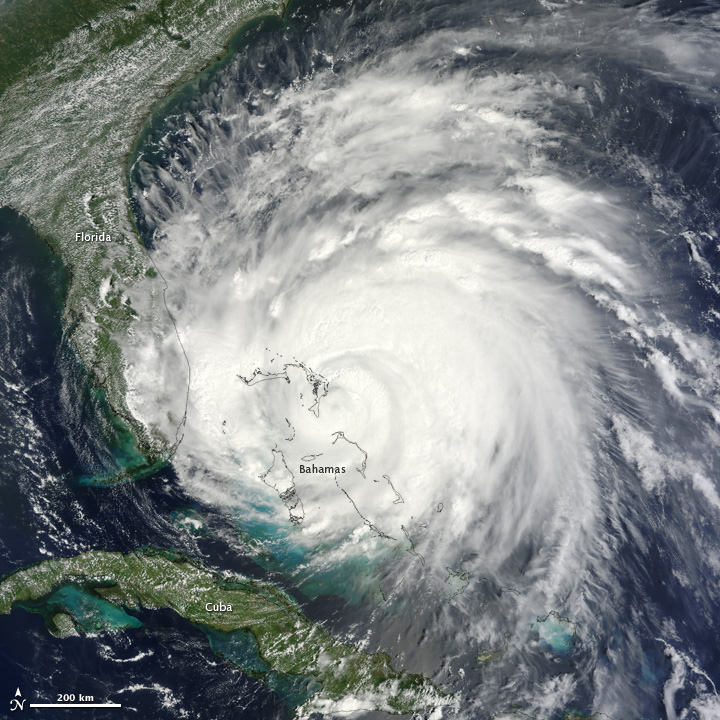
Irene left the Bahamas and began its push toward the Eastern Seaboard overnight. Parts of coastal South Carolina and North Carolina are already beginning to feel the effects of the storm, with power even out in one South Carolina coastal town.
Millions of people on the US east coast prepared Friday for a rare hurricane hit after Irene battered the Bahamas, leaving a trail of destruction and at least five dead.
Authorities from North Carolina to New York declared states of emergency and tens of thousands of people were ordered to higher ground as Irene, a category three hurricane on the five-level Saffir-Simpson scale, raced toward the US mainland. Irene is forecast to make landfall on Saturday, and state and federal authorities wasted no time warning the 65 million people living in the path of the storm.
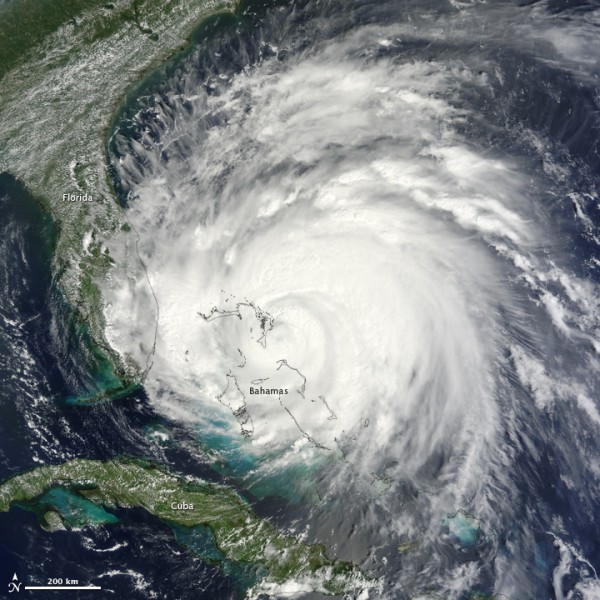
At 0600 GMT Friday Irene was located off the Atlantic coast of Florida about 740 kilometers (460 miles) southwest of Cape Hatteras, North Carolina, the Miami-based National Hurricane Center reported.
2:00 PM EDT Fri Aug 26
Location: 31.2°N 77.5°W
Max sustained: 100 mph
Moving: N at 14 mph
Min pressure: 951 mb
The storm was moving towards the north at 22 kilometers (14 miles) per hour, and on its current path is set to slam into North Carolina early Saturday. The center of Irene is then forecast to continue towards the northeast near the Atlantic coastline toward New York City.
Irene will be accompanied by an “extremely dangerous” storm surge that could raise water levels by as much as 11 feet (3.4 meters), the NHC said.
While Caribbean and Atlantic islands are accustomed to hurricanes, the northeastern United States usually experiences only the remnants of storms. Gloria in 1985 was the last major hurricane to hit the New York area. It would be the second unusual scare in a week for the East Coast after a rare 5.8-magnitude earthquake on Tuesday rattled major cities including Washington.
President Barack Obama declared an emergency in North Carolina and federal authorities said they had stored millions of meals and bottles of water for people who wind up in shelters. US military officers said that up to 98,000 members of the National Guard were available if needed. The Navy’s Second Fleet ordered all its ships away from its major port at Hampton Roads, Virginia, in anticipation of the storm.
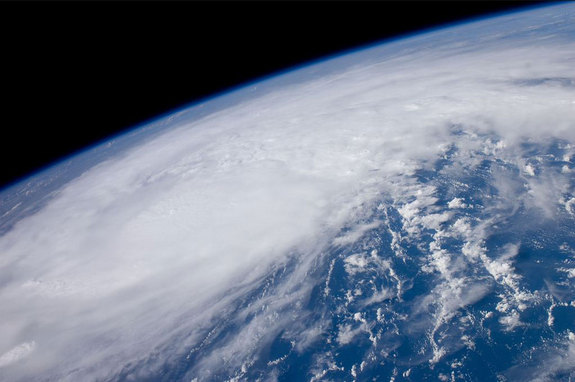
In New York, Mayor Michael Bloomberg authorized the evacuation of hospitals and other vulnerable institutions in the most low-lying areas of New York City, while neighboring New Jersey ordered 750,000 people out of the remote Cape May area. In an attempt to reduce the threat of subway flooding, New York Gov. Andrew Cuomo said that the entire New York City transit system will shut down tomorrow (Aug. 27) at noon.Elevated tracks would also be in danger from high winds. Flooding could also be a problem at New York City’s coastal airports. As a precaution, JetBlue has already cancelled 880 flights ahead of Irene.
The New York City Office of Emergency Management advises high-rise dwellers to be prepared to move to the 10th floor or lower if necessary.
7 Surprises Hurricane Irene May Have In Store (OAP)
Hurricane Irene might not be a repeat of Hurricane Beulah, a 1967 storm that spawned more than 100 tornadoes across Texas, but the threat is real with any hurricane that makes landfall.
Tornadoes from Hurricane Irene are just one of the surprising things that people should look out for as the storm threatens landfall along the East Coast. If Irene makes landfall in Long Island, areas east of the storm could see some twisters.
Irene’s swell could spill onto low lying areas. Storm surge, an abnormal rise in water, occurs when strong winds push water forward, ahead of a moving storm. Huge waves form on top of the surge, cresting and pounding the coast.
This could be a problem for Long Island, if those north-blowing winds, and the surge they push in front of them, hit it head-on.
A major hurricane (Category 3 or higher on the Saffir-Simpson scale of hurricane strength) could push more than 30 feet (9 meters) of storm surge into low-lying parts of New York City. Storm surge is like a rising tide that doesn’t recede. Riding atop the storm surge are massive waves. The U.S. Navy has predicted wave heights of around 30 feet (9 m) for the New York region. The waves will repeatedly crash onto the coast.
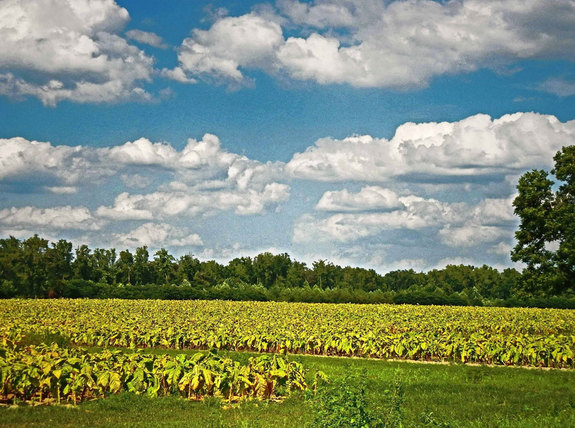
Irene leaves trail of destruction in Carribean region
Irene smashed through the Caribbean and then on Wednesday hit the Bahamas, where homes were destroyed, roads were flooded and power was cut off but there were no initial reports of casualties.
Haiti, while not directly under Irene’s eye, suffered from heavy rains dumped by the hurricane. Civil defense authorities said two people died when they were swept away by raging waters in a ravine. Another 1,000 people were displaced by flooding caused by Irene, officials said, leading to fears of a new outbreak of cholera. The water-borne disease killed some 5,000 people in Haiti in the wake of last year’s major earthquake.
The Dominican Republic reported two deaths including that of an 18-year-old pregnant woman, Miguelina Perez, who was washed away in a river.
One person was killed in Puerto Rico, where the storm became a hurricane on Monday. Puerto Rican authorities estimated damage at more than $500 million.
US hunkers down after hurricane smashes Bahamas (TerraDaily)
Irene is the first hurricane and first major hurricane for what has been forecast to be an active season. The National Oceanic and Atmospheric Administration (NOAA) updated its forecast on Aug. 4, predicting 14 to 19 named storms (which include tropical storms and hurricanes), seven to 10 hurricanes and three to five major hurricanes. An average Atlantic hurricane season will see 11 named storms, six hurricanes and two major hurricanes. August through October are the peak months of the Atlantic hurricane season.
Satellite Animations
- Storm-Centered Infrared (GOES 12; NOAA/SSD)
- Storm-Centered Infrared (Aviation Color Enhancement) (GOES 12; NOAA/SSD)
- Storm-Centered Water Vapor (GOES 12; NOAA/SSD)
- Storm-Centered Visible (GOES 12; NOAA/SSD)
- Storm-Centered Visible (Colorized) (GOES 12; NOAA/SSD)
- Eastern U.S./West Atlantic Infrared (GOES 12; NOAA/SSD)
- Eastern U.S./West Atlantic Infrared (Aviation Color Enhancement) (GOES 12; NOAA/SSD)
- Eastern U.S./West Atlantic Water Vapor (GOES 12; NOAA/SSD)
- Eastern U.S./West Atlantic Visible (GOES 12; NOAA/SSD)
- Eastern U.S./West Atlantic Visible (Colorized) (GOES 12; NOAA/SSD)

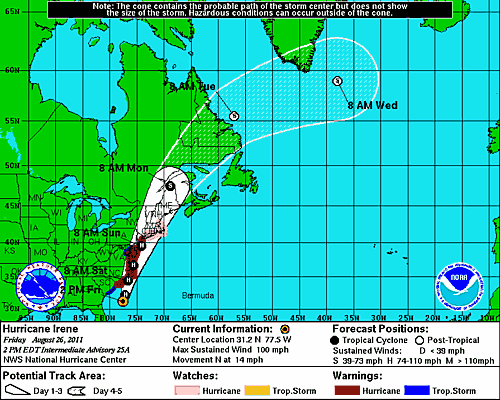
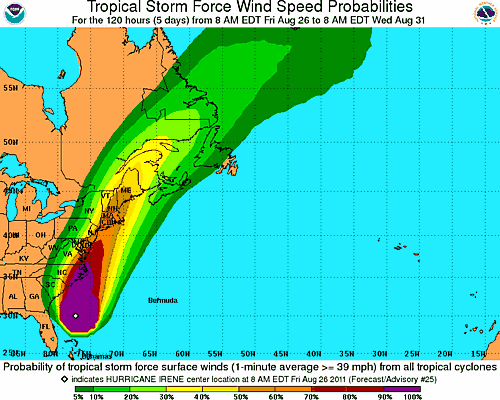
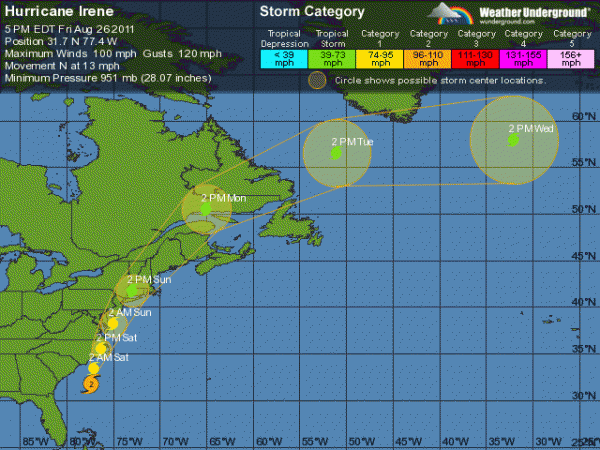
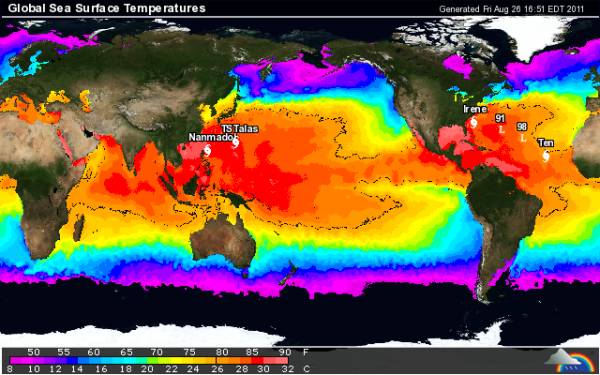
Commenting rules and guidelines
We value the thoughts and opinions of our readers and welcome healthy discussions on our website. In order to maintain a respectful and positive community, we ask that all commenters follow these rules:
We reserve the right to remove any comments that violate these rules. By commenting on our website, you agree to abide by these guidelines. Thank you for helping to create a positive and welcoming environment for all.